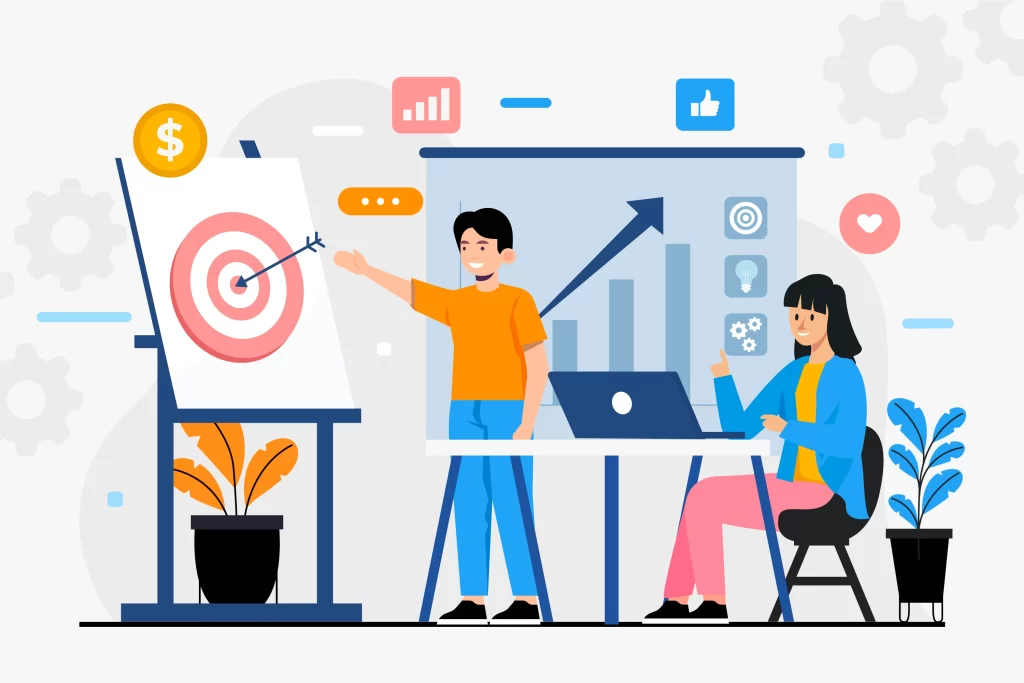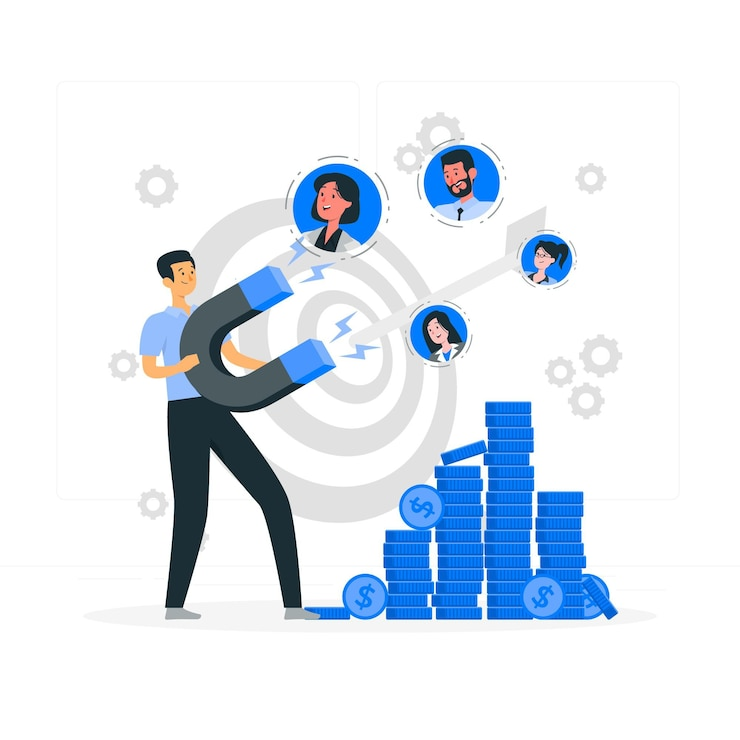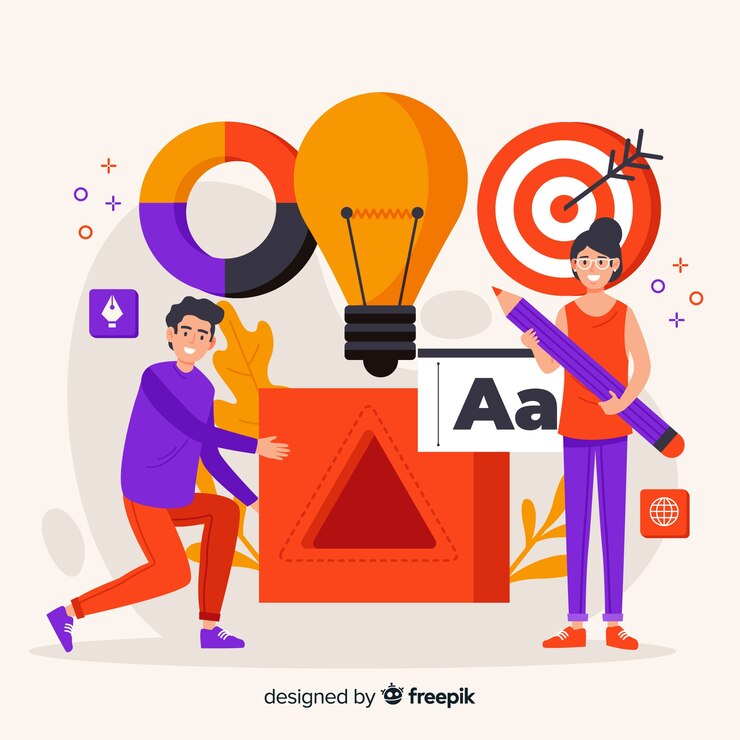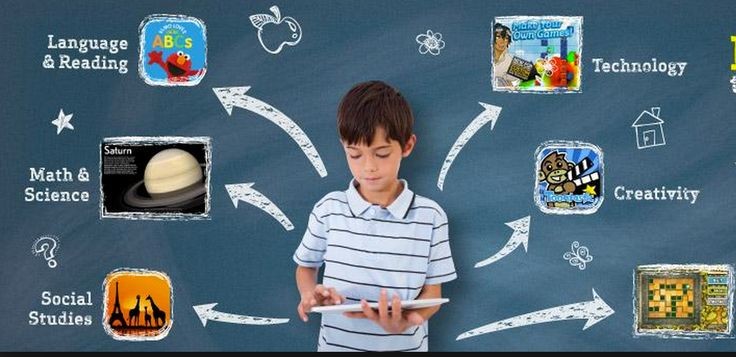Growing Your Business? Here’s Why Marketing Strategy Isn’t Optional Anymore
Let’s be honest — running a business today is tough. You’re juggling products, people, finances… and on top of that, you’re expected to be a marketing genius too? With constant changes in digital platforms, algorithms, and buyer behavior, it’s easy to feel overwhelmed. That’s exactly why more business owners are turning to marketing consulting services. Because sometimes, getting a fresh pair of eyes and expert guidance can be the smartest investment you make. Why “Winging It” Isn’t a Strategy If you’ve been relying on guesswork or throwing random posts on social media, you’re not alone. Many businesses start out that way. But when you hit a plateau — or worse, see no return from your marketing — it’s a clear sign something has to change. Marketing consultants don’t just give you tips. They help you build a real plan, based on data, experience, and what actually works for your business model. Digital Marketing Is More Than Just Running Ads When people hear “digital marketing,” they often think of social media ads or Google campaigns. And yes, those are powerful — but they’re just one piece of the puzzle. Effective digital marketing services include: Crafting stories and content that actually connect with your audience Building a website that does more than look good — it converts Using SEO so people can find you in the first place Running smart, not spammy, email campaigns Managing your reputation across platforms The goal? To make sure every piece of your online presence is working together, like a well-oiled machine. The Outside Perspective You Didn’t Know You Needed One of the best things about hiring a marketing consultant? They’re not stuck in your day-to-day operations. They come in with a fresh perspective — they spot gaps you can’t see, uncover missed opportunities, and help you course-correct before you waste more time and budget. They’re like that honest friend who tells you your landing page copy makes no sense… and then helps you fix it. How It Works (Without the Fluff) Here’s what a great marketing consultant really does: Listens to you (like, actually listens) Audits what you’re already doing — what’s working, what’s not Helps define who you’re marketing to (and where they’re hanging out) Builds a plan tailored to your goals, not a generic template Helps you execute it step by step — or trains your team to do it It’s not magic. It’s strategy, done right. Real Talk: Results You Can See Let’s say you run a B2B company. You’ve been posting on LinkedIn, but leads are flat. A consultant steps in, rewrites your messaging, tightens up your funnel, and aligns your team with one focused goal. Suddenly, you’re getting the right kind of inquiries — from people ready to buy. That’s the power of strategic, outside guidance. And it’s not just theory — many businesses see dramatic turnarounds in 3 to 6 months with the right help. But Wait… Isn’t This Just for Big Companies? Not at all. In fact, small and mid-sized businesses often see the biggest improvements. They’re agile, open to change, and usually just need a clearer plan. Whether you’re a startup trying to make your first marketing hire, or a growing brand that’s ready to scale — marketing consulting services meet you where you are. You don’t need a huge budget — you just need clarity and direction. How to Choose the Right Partner Looking for someone to help guide your marketing journey? Here’s what to look for: Experience that matches your goals A consultative approach, not just plug-and-play solutions Clear communication — if they can’t explain their plan simply, it’s probably not a good one Proof of results — testimonials, case studies, or examples of real outcomes Also? Trust your gut. If it feels like a good fit, it probably is. You’ve built something worth talking about — now it’s time to get it in front of the right people. Whether you’re struggling with low engagement, confusing messaging, or wasted ad spend, there’s a way forward. The right digital marketing services and consulting support can give you the strategy, systems, and support you need to grow confidently. So if you’ve been thinking about leveling up your marketing but weren’t sure where to start — this might be your sign. Get in Touch Today! Recent Posts Growing Your Business? Here’s Why Marketing Strategy Isn’t Optional Anymore Let’s Talk Leads: Real Lead Generation Services That Actually Work Let’s Talk Sales Strategy: How to Sell Smarter, Not Harder Business Consultant & Sales Coach: Transforming Businesses for Sustainable Growth From Logo to Legacy: How a Branding Agency in India Shapes Iconic Brands Flipped Classroom a way to Interactive Classroom No posts found
Growing Your Business? Here’s Why Marketing Strategy Isn’t Optional Anymore Read More »









